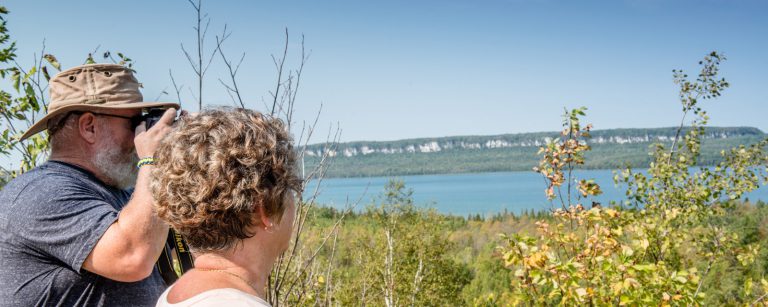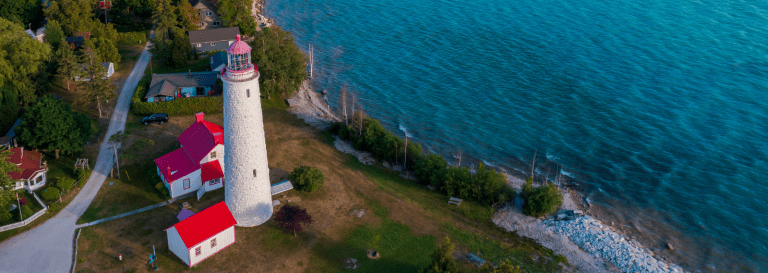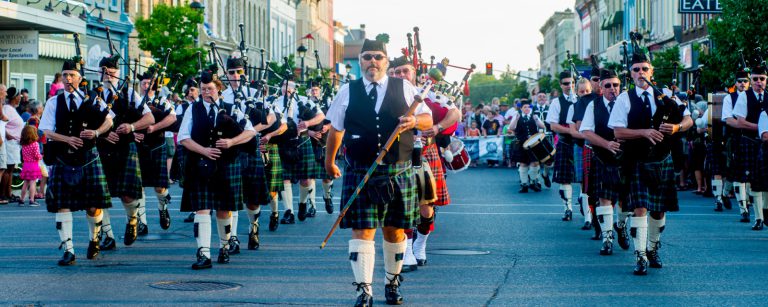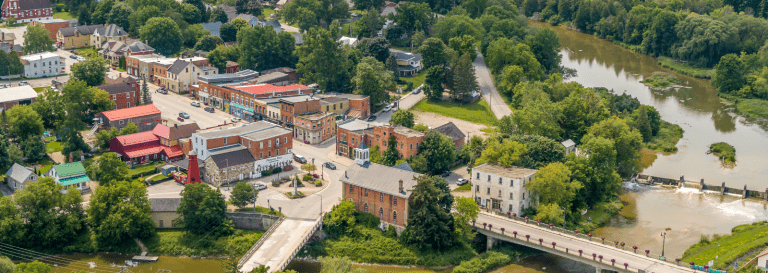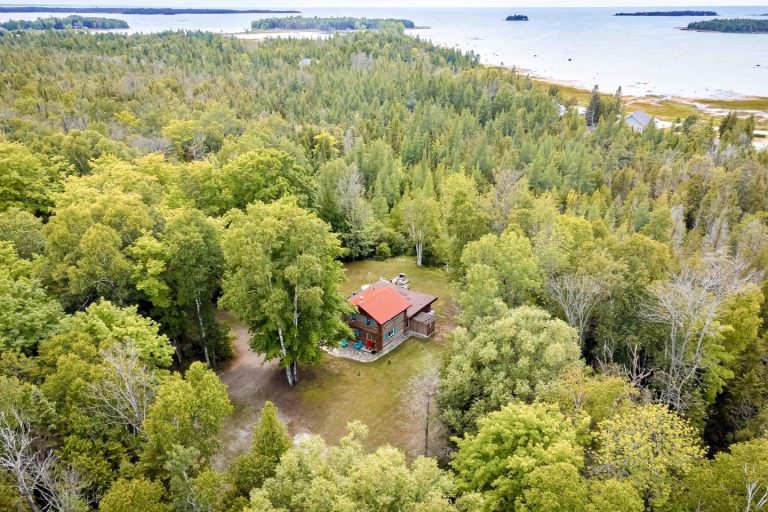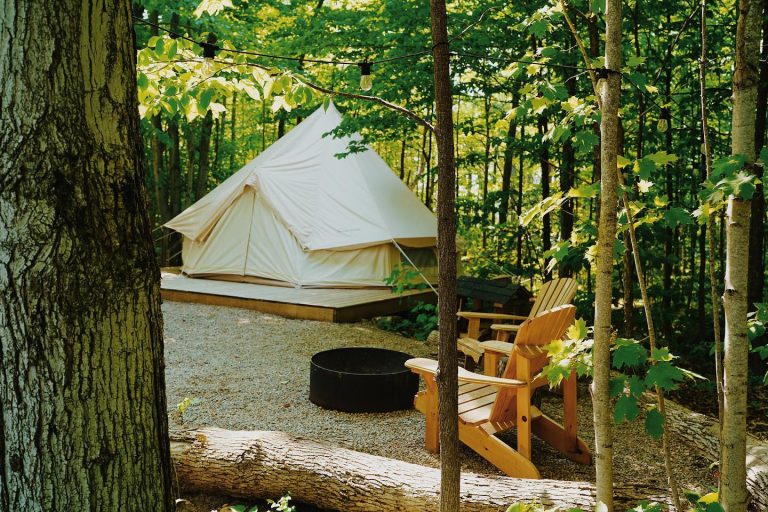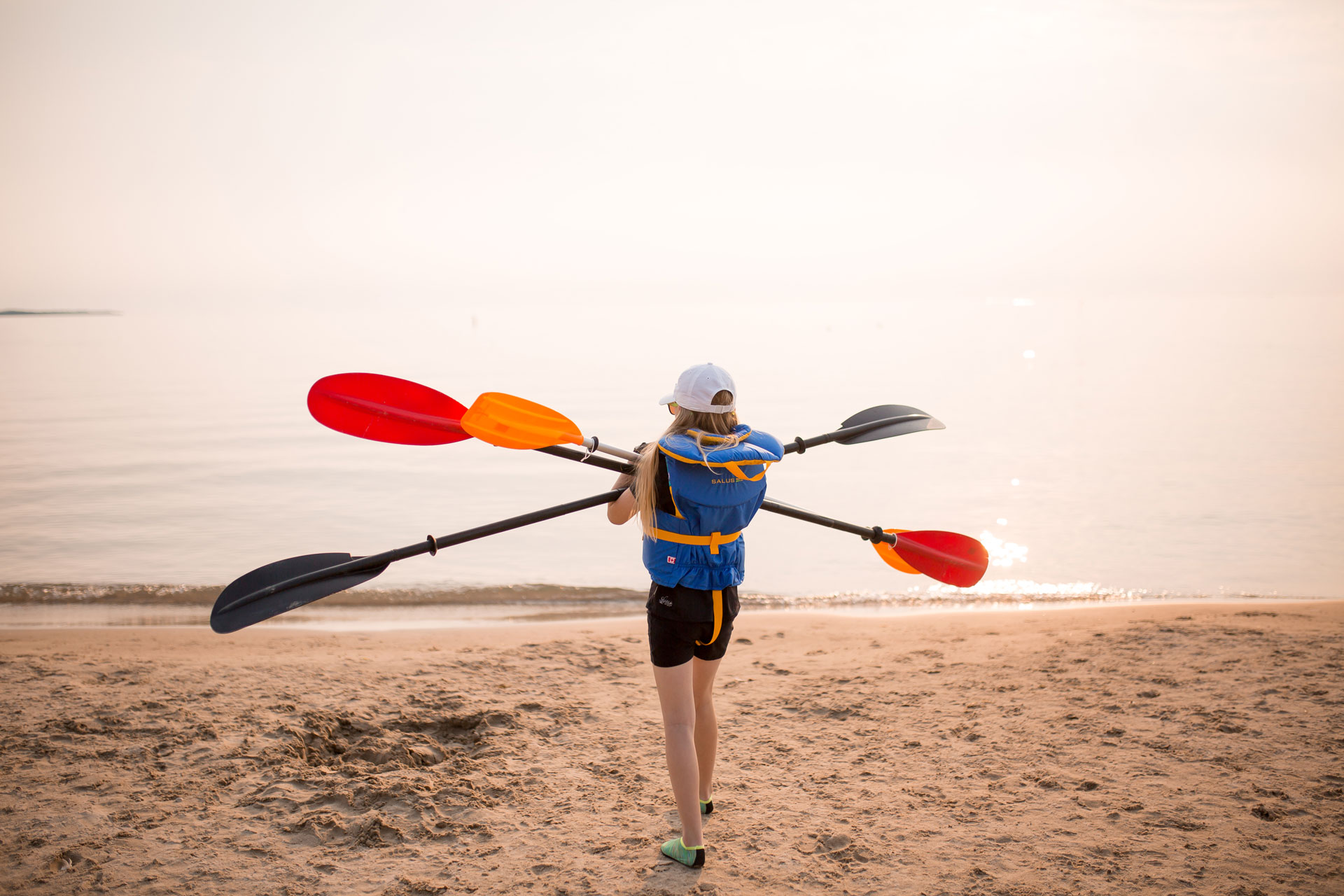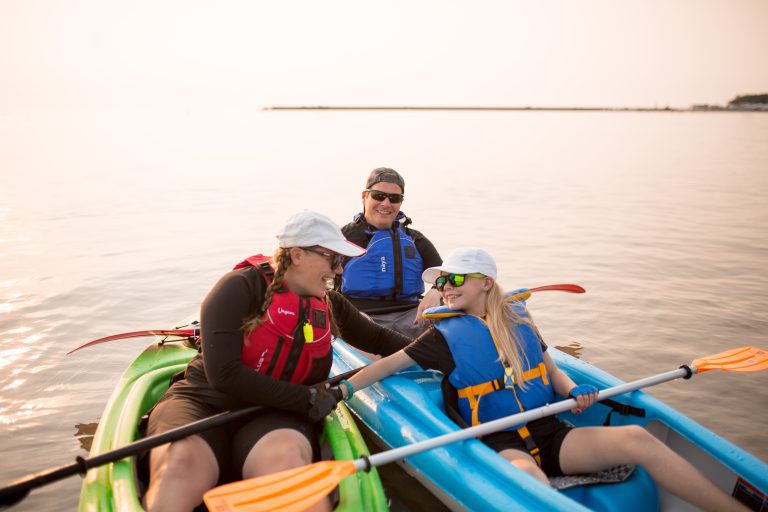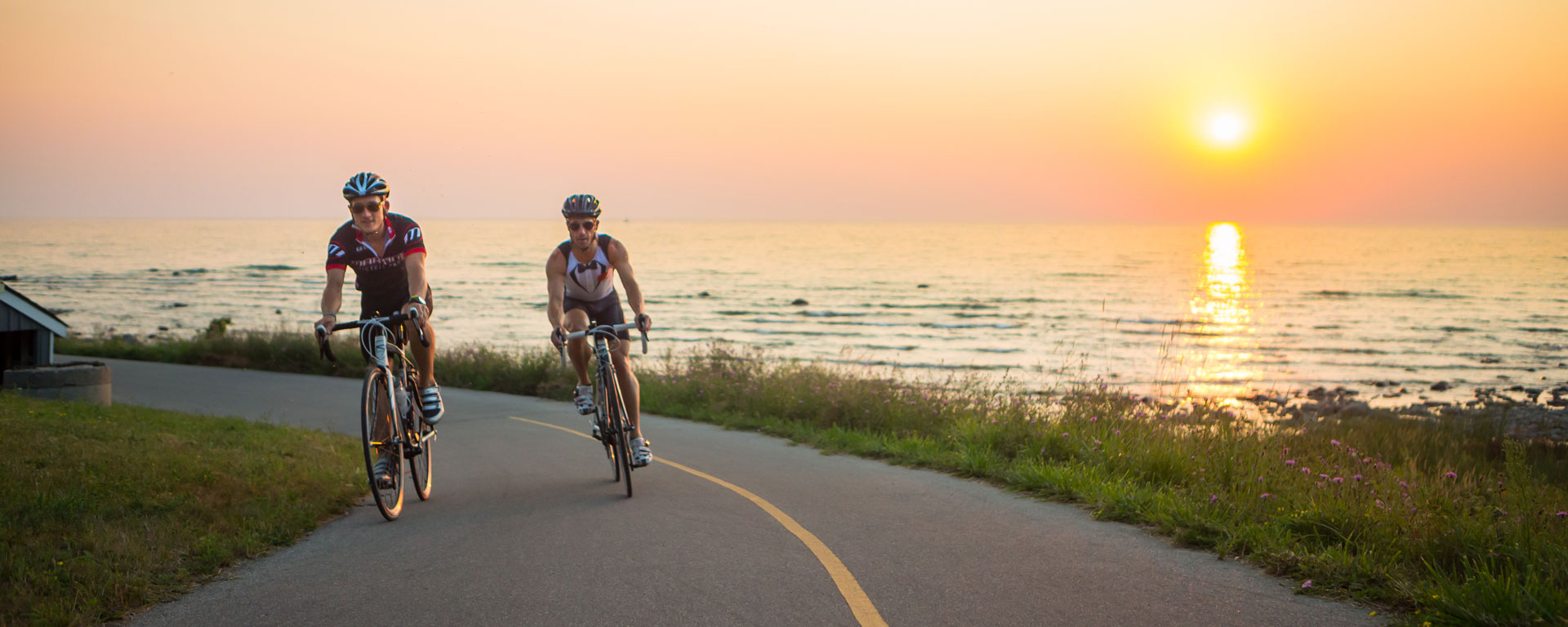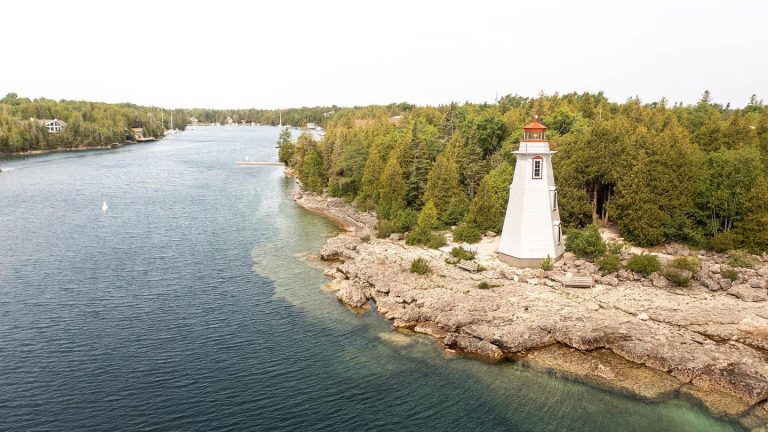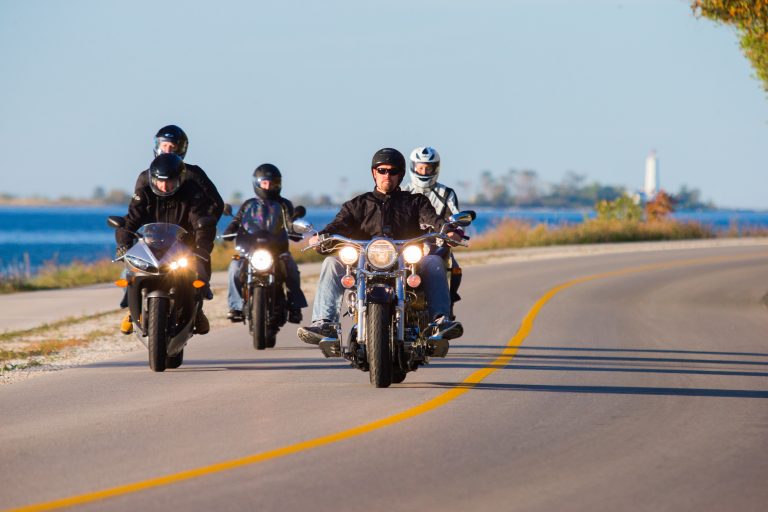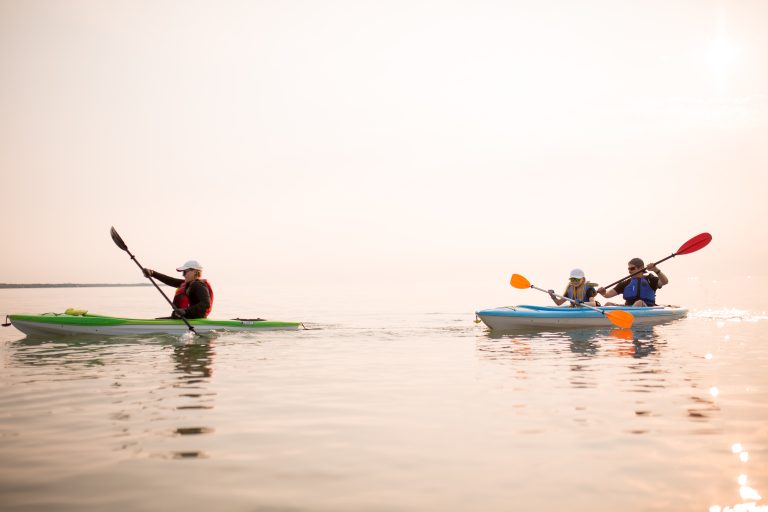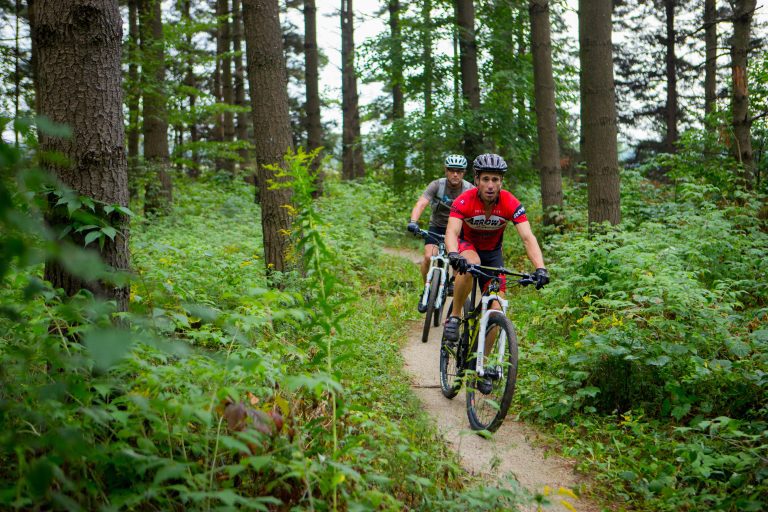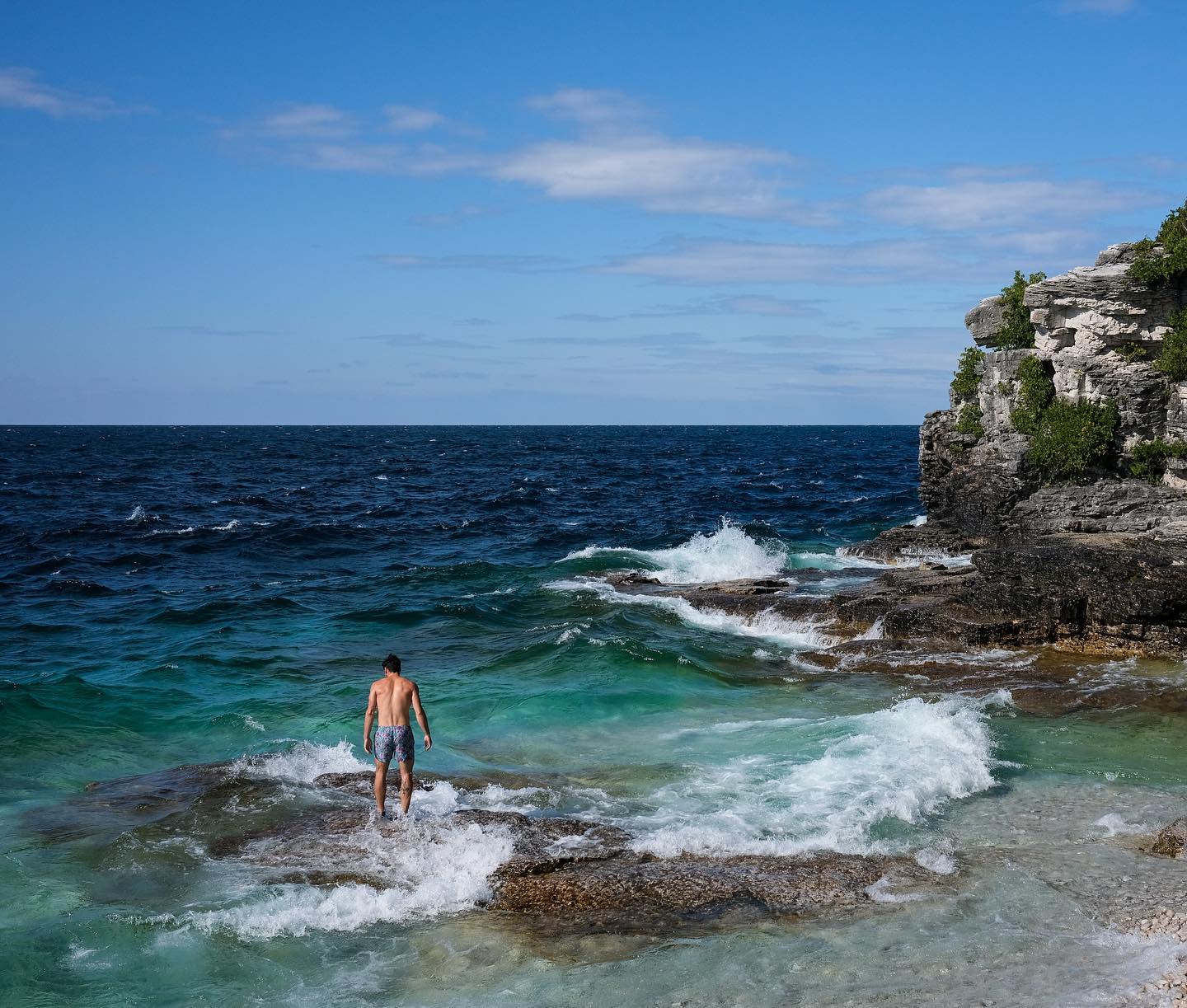Everything You Need to Know Before Visiting Bruce Peninsula National Park
Bruce Peninsula National Park is a popular destination for travellers around the world.
It’s important to keep up with everything you need to know before visiting the park to make sure you and your fellow adventurers have the best experience possible.
The Bruce Peninsula is a special place rich with natural and cultural heritage. When you’re visiting, keep in mind that your community works hard to provide safe, enjoyable experiences for everybody while keeping it a special place for future generations. We want you to be part of our vision, we want your children to be part of our vision, so please be mindful when you’re exploring the Peninsula.
Plan ahead to avoid disappointment

The Bruce Peninsula is one of the busiest destinations in southern Ontario, with good reason! Its unmatched beauty and opportunity for discovery are appealing to so many people, which can lead to lots of traffic during peak season. To avoid disappointment and be able to see and experience everything you want, here are some tips:
- Make reservations early if you want to visit The Grotto, Halfway Log Dump, or Flowerpot Island
- Consider planning your visit in the Spring or Fall. The water is warmer in the Fall months, anyway.
- Consider visiting a different part of the region. Bruce County is vast and beautiful, and there is so much more beyond the park to see and do.
Slow down and be patient during rush hour
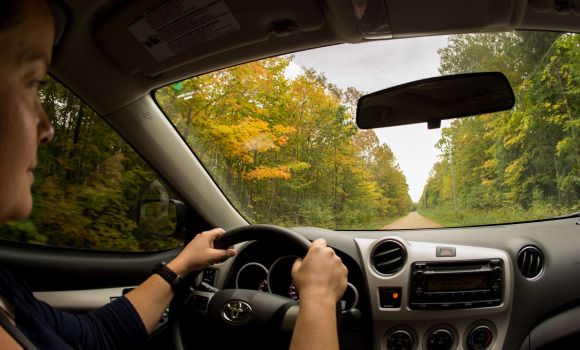
The Bruce Peninsula’s rush hour extends throughout the peak season and you will likely experience traffic congestion and long line-ups if you decide to come during this time.
Help keep our roads safe for people, wildlife, and nature:
- Please don’t speed on the highway.
- Be patient while waiting in lines.
- Consider leaving your car by taking a bus from Toronto.
- Consider parking your car and walking or biking to your destination.
- Only park in designated areas.
Be prepared and stay safe in the outdoors
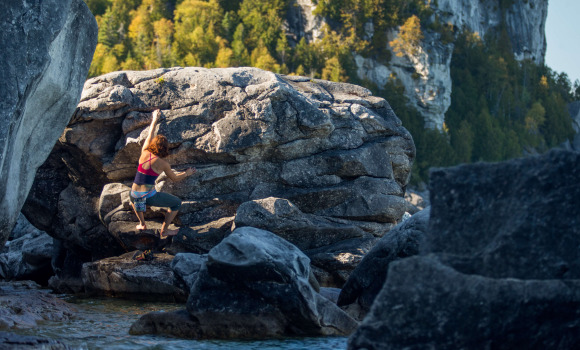
The Bruce Peninsula is a rugged and wild landscape that can be dangerous. It’s important to follow these tips to stay safe on the trails or on the water:
| Preparedness: | Pack food and water, proper equipment, and know where you’re going. Make sure you keep track of everything you need before you start your journey. |
| Hiking Safety: | Ensure you have proper footwear, physical preparation, and know how to read trail blazes before heading out. It’s also important to make sure you leave with enough time to complete your hike before the sun sets. |
| Water Safety: | Proper equipment and safety gear, like a Personal Floatation Device (PFD) or lifejacket will make your time on the water far more enjoyable! And be sure to follow any local guidelines on water quality and swimming conditions. |
| Natural Hazards: | Be aware of your surroundings, whether it’s wildlife or plants, that can negatively affect your trip. |
Be gentle with nature and tread lightly
The Bruce Peninsula is a special place with globally rare and sensitive species and cultural sites that have remained undisturbed for thousands of years. Help us keep this place green and clean, and honour the sacred lands of the Saugeen Ojibway Nation:
- No vandalism, including graffiti, tree carving, and stone art
- Reduce waste and litter
- Follow the trail
- Be aware of invasive species
- Leave everything as you found it; no taking souvenirs!
Be kind and courteous to our neighbours
Our community welcomes you to this special place we call home. We are consistently striving to provide a great experience while managing rising numbers of visitors to the region. Please remember:
- Be kind to people serving you
- Respect our neighbours (i.e. no trespassing)
- Get involved in local stewardship
Thanks for taking the time to educate yourself about visiting Bruce Peninsula National Park. Before you go, have a look through the rest of the website to discover the best things to do and plan your next journey to explore Bruce County.
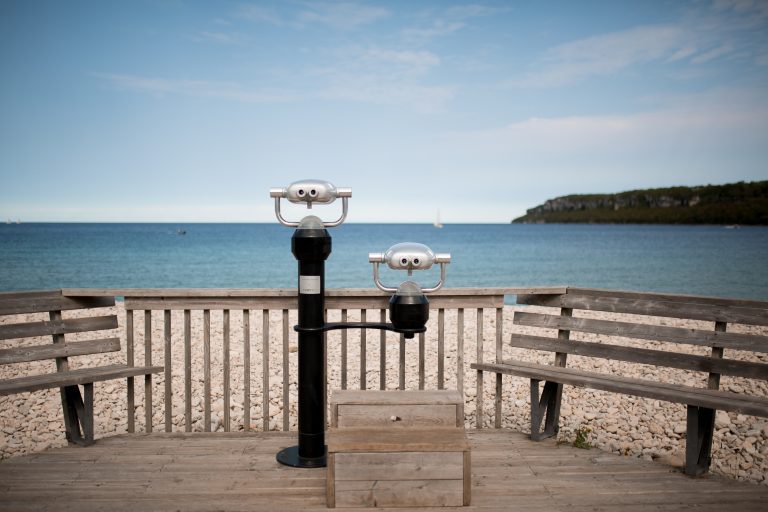
Adventure awaits on the stunning Bruce Peninsula
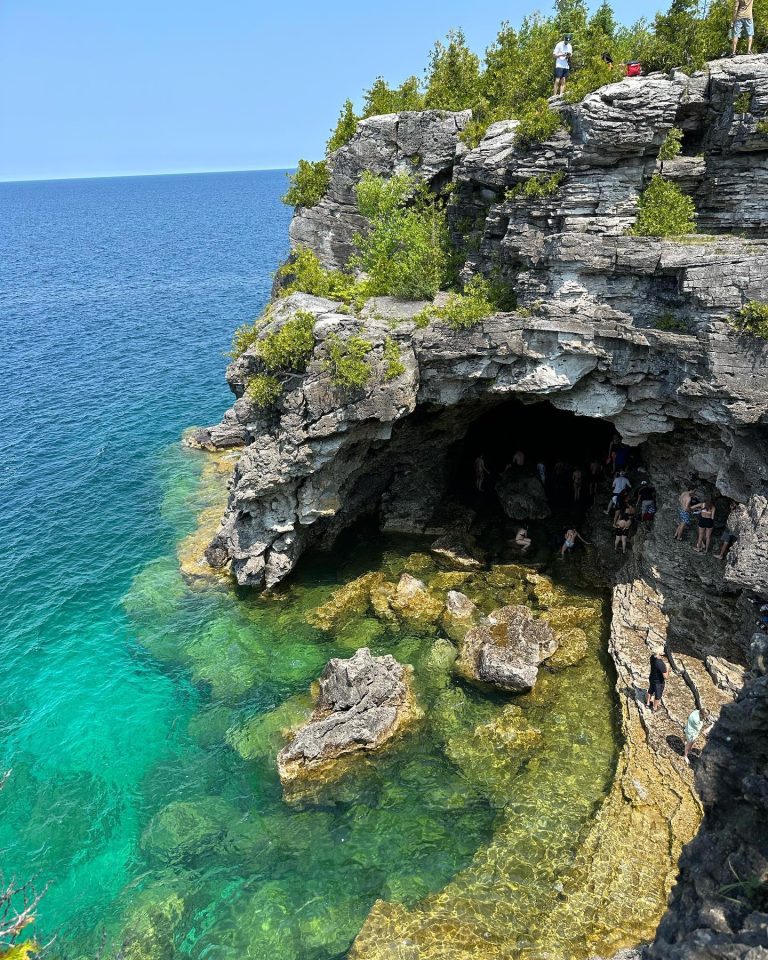
The Grotto Waits for You to Discover Its Wonder
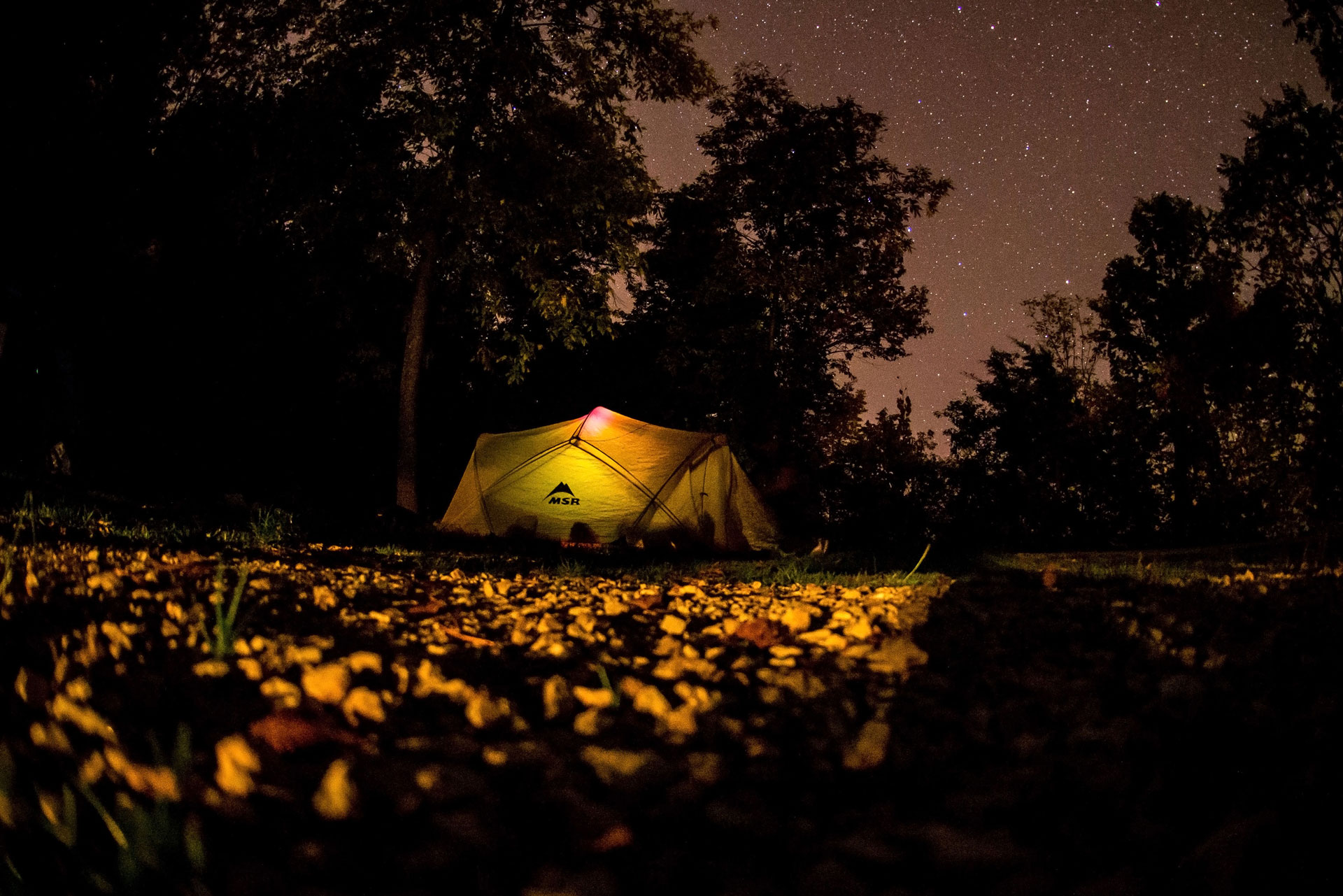
Perfect places to stay on the Peninsula
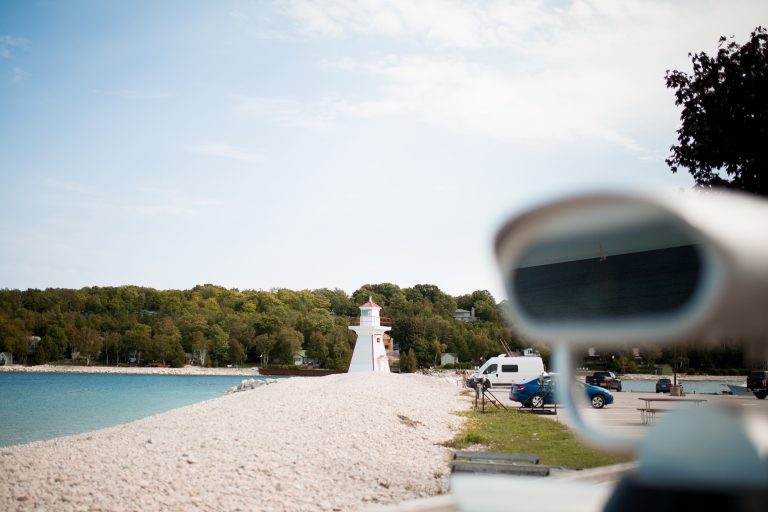
Top 10 Things to Do When the Grotto Is Full
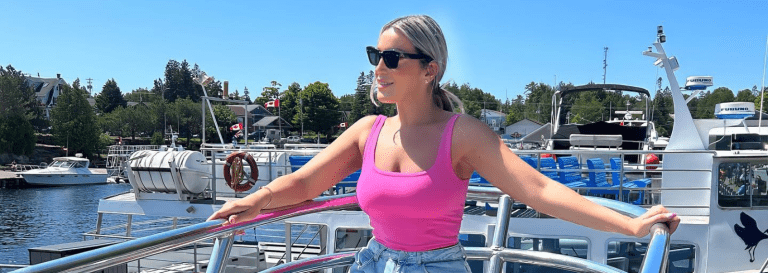
Top 7 Places to Take a Picture on the Bruce Peninsula
